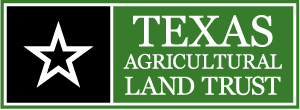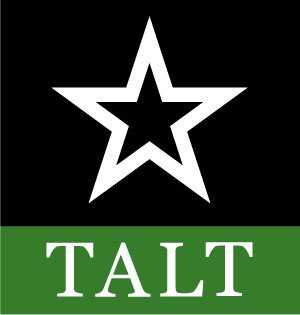
What’s at Stake?
Texas’ privately-owned farms, ranches and forestlands account for 139 million acres, about 81% of the state.
Texas leads states in the loss of rural lands. Currently, we are losing these precious lands at rate of 42.6 acres per hour. This loss has economic, social, and environmental consequences. It threatens Texas’ dominant position as a food producer, its sources of drinking water, and the privately-managed habitat.
Our Impact
TALT’s conservation easements protect lots of open space. But we don’t measure our success merely by acres. We also value diversity in the land we protect. Our conservation footprint spans far and wide. In fact, we hold easements in all ten ecoregions across the state. Each of our conservation easements are unique, and work to not only protect acres of land, but family legacies, too. Our work also supports rural communities, areas of our state that rely on agriculture and working lands for thriving economies.

TALT’s impact…
by the numbers.
Each of our conservation easements are unique, and work to not only protect acres of land, but family legacies, too. Our work also supports rural communities, areas of our state that rely on agriculture and working lands for thriving economies.
-
We conserve land, but more importantly, family legacies. We have had the privilege of helping 84 families preserve their legacies.
-
Since 2007, TALT has helped land stewards conserve over 315,612 acres of Texas’ working lands.
-
TALT-held conservation easements provide over $82.5M of ecosystem services market value.
-
TALT-held easements conserve over 86.6-billion gallons of water annually. That's enough water to fill over 685 billion water bottles!
Keeping Texas big, wide and open.
The landowners who have partnered with TALT to protect their cherished lands have made a gift of wide open spaces for generations of future Texans. We salute them! Here you will find their stories.
Water for All Texans
254,602 Acre-Feet of Water Saved Annually
When we develop our working lands, we lose open space that can naturally capture and purify rainwater.
For every $50 donated, TALT is able to conserve an acre of our vital working lands for future generations.
Take the Next Step
1
Visit With
Our Land Team
Schedule a call with a land conservation team member to ensure that TALT is the right fit for your land goals.
2
Start Your
Conservation Journey
Start the application process with the help of our experienced team and take steps toward conserving your land.
3
Conserve Your
Land & Legacy
Safeguard your land with TALT’s ongoing support in identifying tools and resources for sustained working lands.


